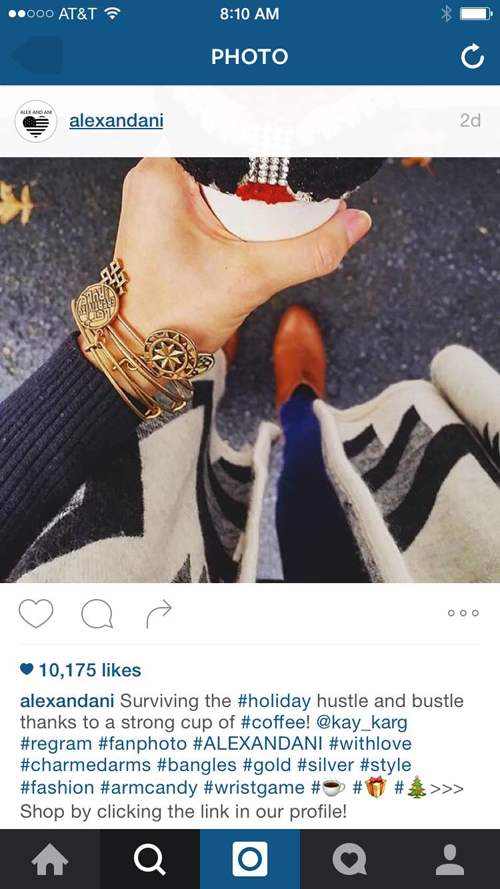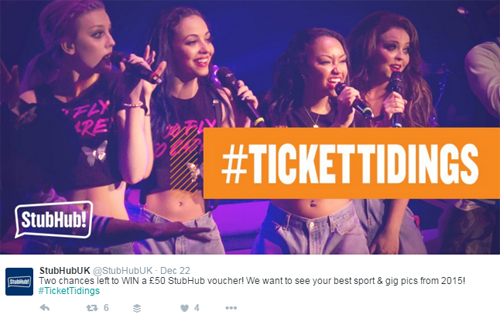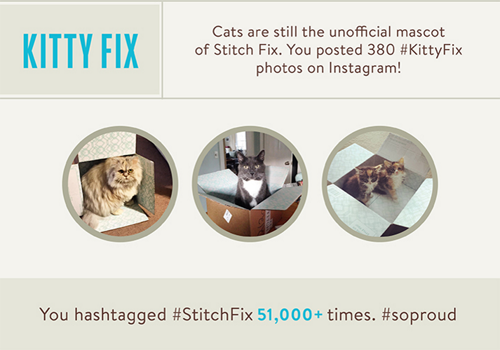3 UGC Wins from Holidays 2015

With about 20 percent of a millennial's media time spent consuming content created and curated by his or her peers, it's in a brand's best interest to encourage users to create and share content on their behalf.
While user-generated content, or UGC, is everywhere, there are some enterprise rules to play by if a company truly wants it to improve engagement, loyalty, traffic and conversions. The following three UGC examples can be considered wins from this holiday season - especially for those catering to the millennial crowd.
Winning Strategy #1
Alex & Ani has long used "#CharmedArms" as its call to action for its jewelry wearers to share on social media how they stack Alex & Ani charm bracelets. Getting into the holiday spirit, Alex & Ani simply "regrammed" (similar to a share or a retweet) one of its customer's holiday photos. What makes this a winning strategy is that Alex & Ani not only made that customer feel special, but it also included a link to "shop the look" in its bio. As social media managers know, Instagram doesn't hyperlink URLs included in Instagram posts, but brands can generate website clicks from the social network by including a link in their bio. It'd be considered an even bigger win if the brand includes a source-rich URL in order to associate sales with their Instagram efforts (of course proving ROI from social media is a struggle for most).

Winning Strategy #2
While UGC that happens organically is gold for a brand, sometimes a company has to ask for it in order for it to eventually take on a life of its own (like in Alex & Ani's case). StubHubUK was smart to end the year on a high note by asking for event-goers to share some of their favorite pictures of the year using #tickettidings for a chance to win a voucher from the company. Having a memorable hashtag is a must for those brands running UGC campaigns. Monitoring the hashtag is also important, as fans must feel engaged in order for the campaign to be successful.

Winning Strategy #3
Those marketers reading Website Magazine this year likely scanned more than a few articles about subscription-based services like Birchbox and Stitch Fix. The latter, was highly touted in this article here, because the company uses technology, direct feedback and actual stylists to curate the best collection of clothes and accessories for its clients. What's more, the purchases and deliveries from Stitch Fix often play out on social media, because shoppers are excited about their "fixes," want their friends' opinions or have another unique story to tell. Stitch Fix's main hashtag #StitchFix (who would have thought) has taken off organically, with it being hashtagged 51,000-plus times in 2015. We know this because Stitch Fix, in a genius marketing move, created a year-end infographic with this kind of information and other interesting data here. Part of the infographic includes information about UGC, like how #KittyFix was posted nearly 400 times with people sharing images of their cats using their Stitch Fix delivery box.

Stitch Fix is a company marketers should watch in 2016 if generating user content, leveraging personalization technology and maintaining a social conversation with fans is their goal. What's more, "fixes" (the curated collection of clothes and accessories) come so beautifully packaged - and include a personalized note from the stylist as well as multiple options on how to wear the different pieces - that Stitch Fix is creating UGC gold. Dotcom Distribution tells us that shoppers are 1.5 times more likely to share pictures of gift-like boxes on social than traditional brown boxes. Further, brands will want to think of packaging as a "marketing" expense rather than a logistics one, as Dotcom Distribution has advised Website Magazine readers in the past.

Subscribe to Our Newsletter!
Latest in Social Media









